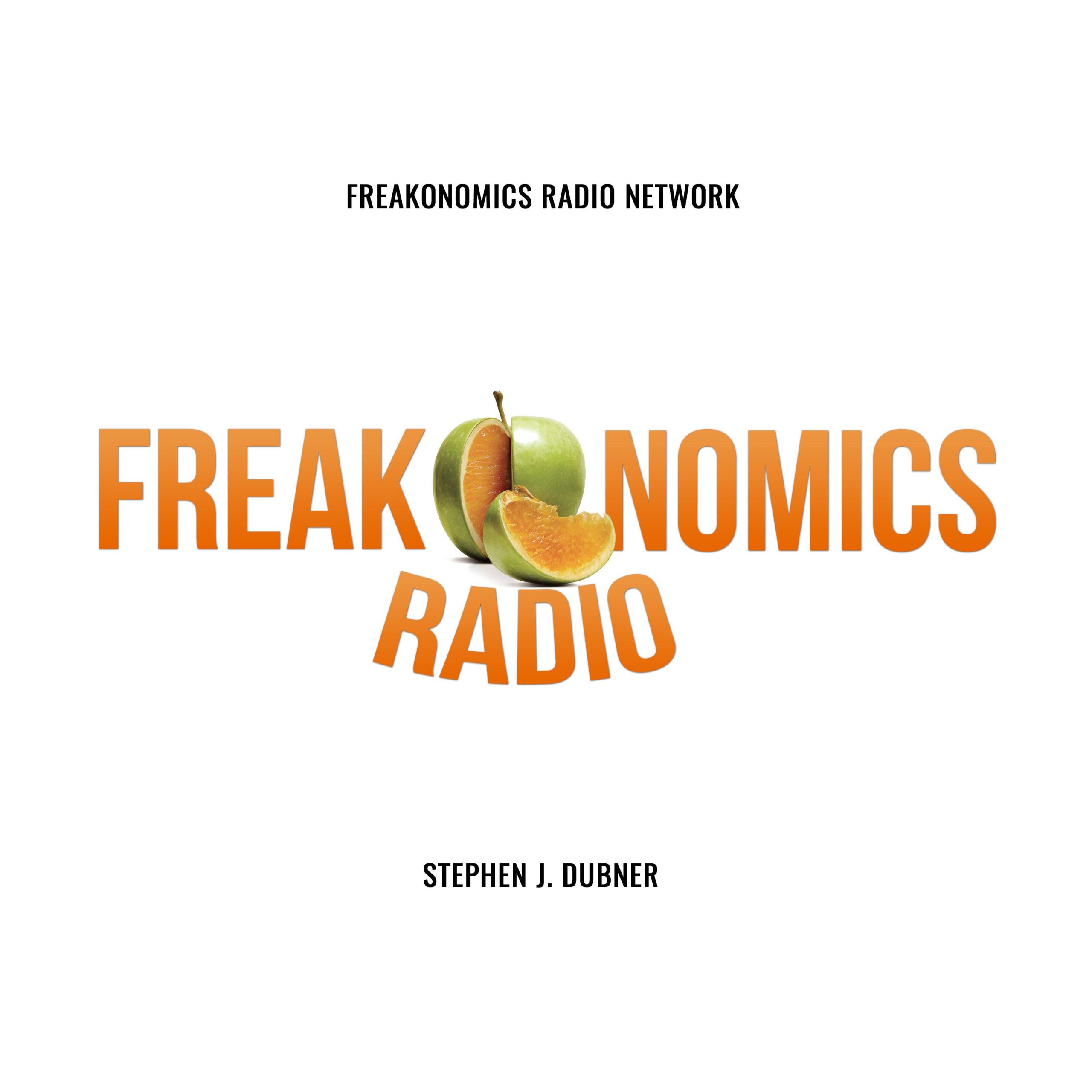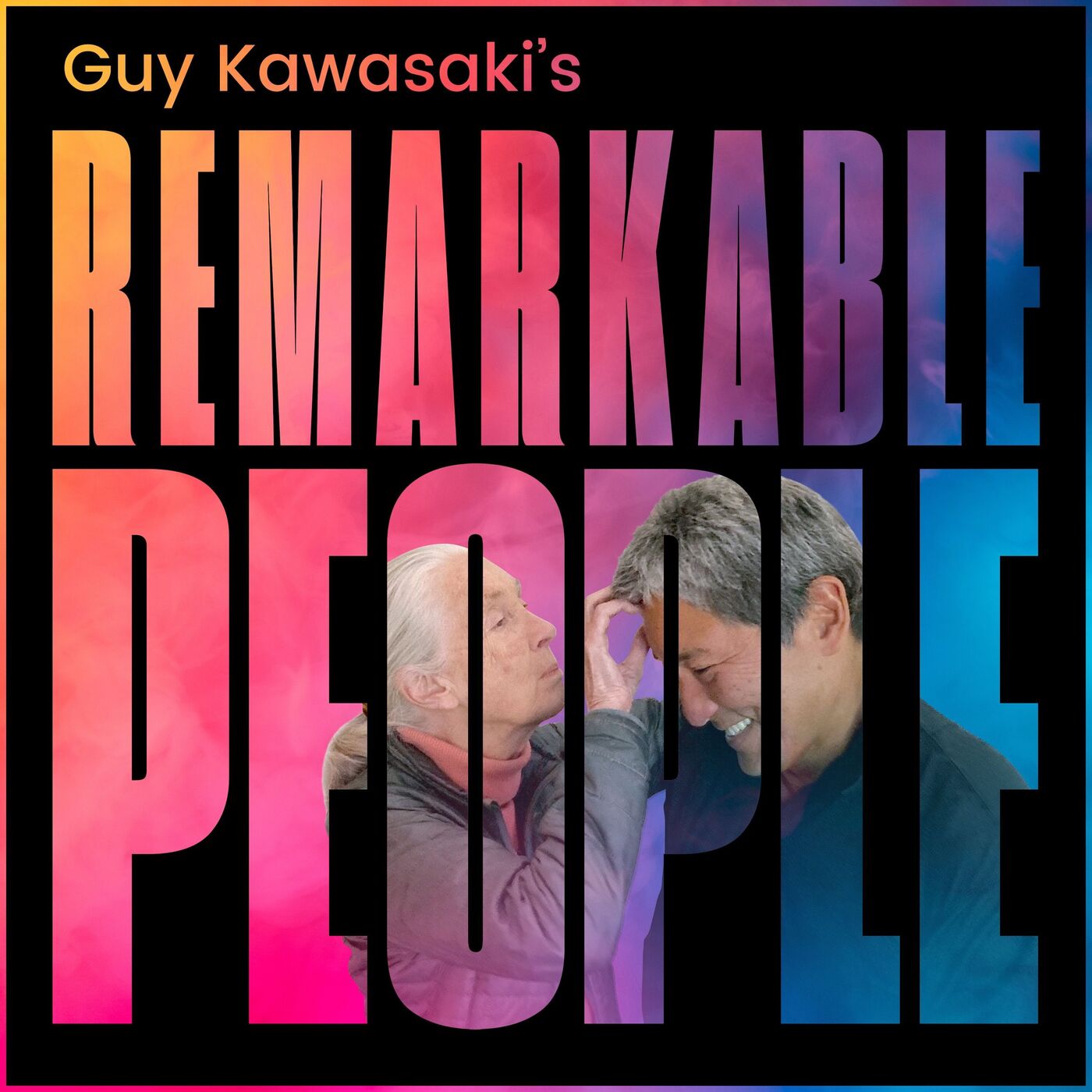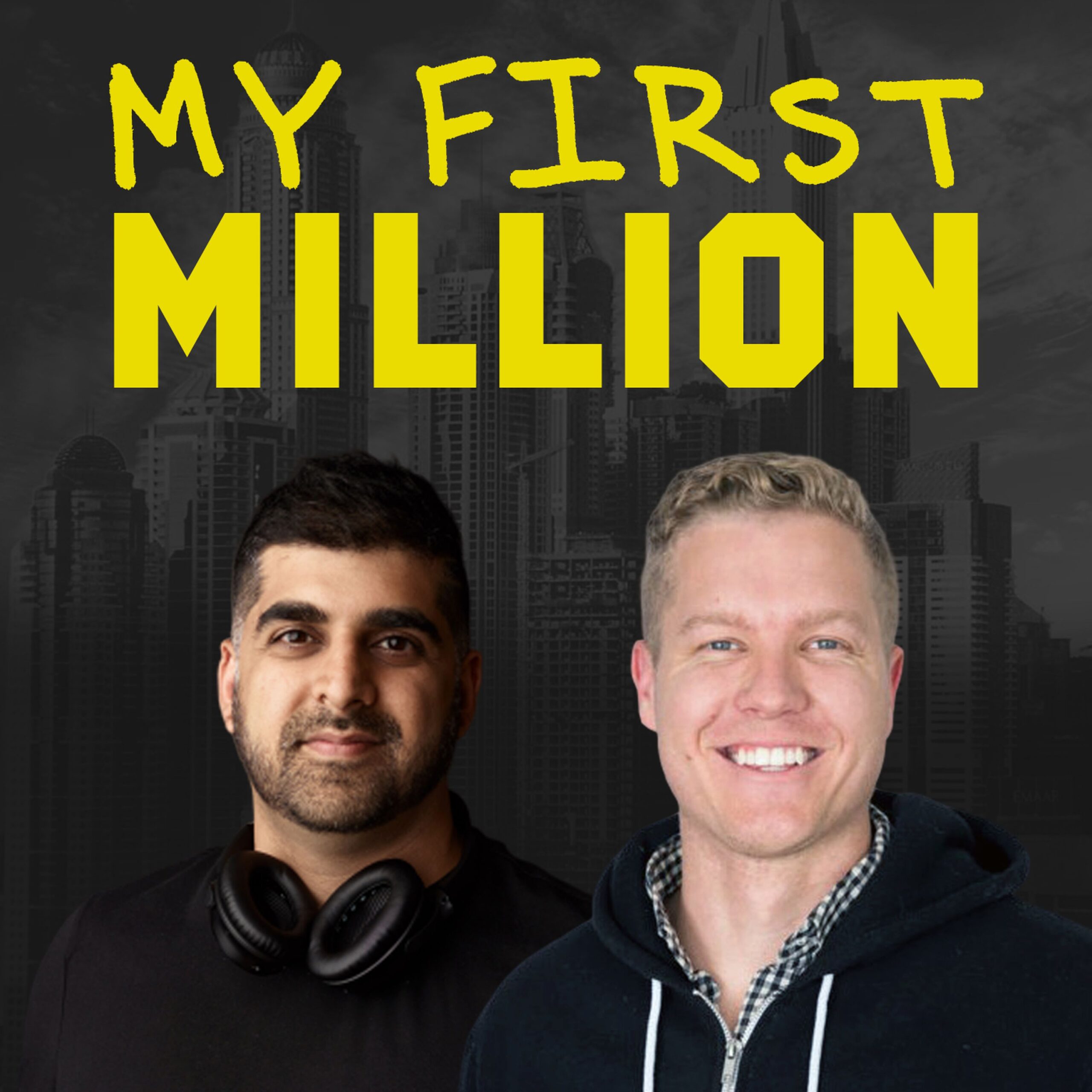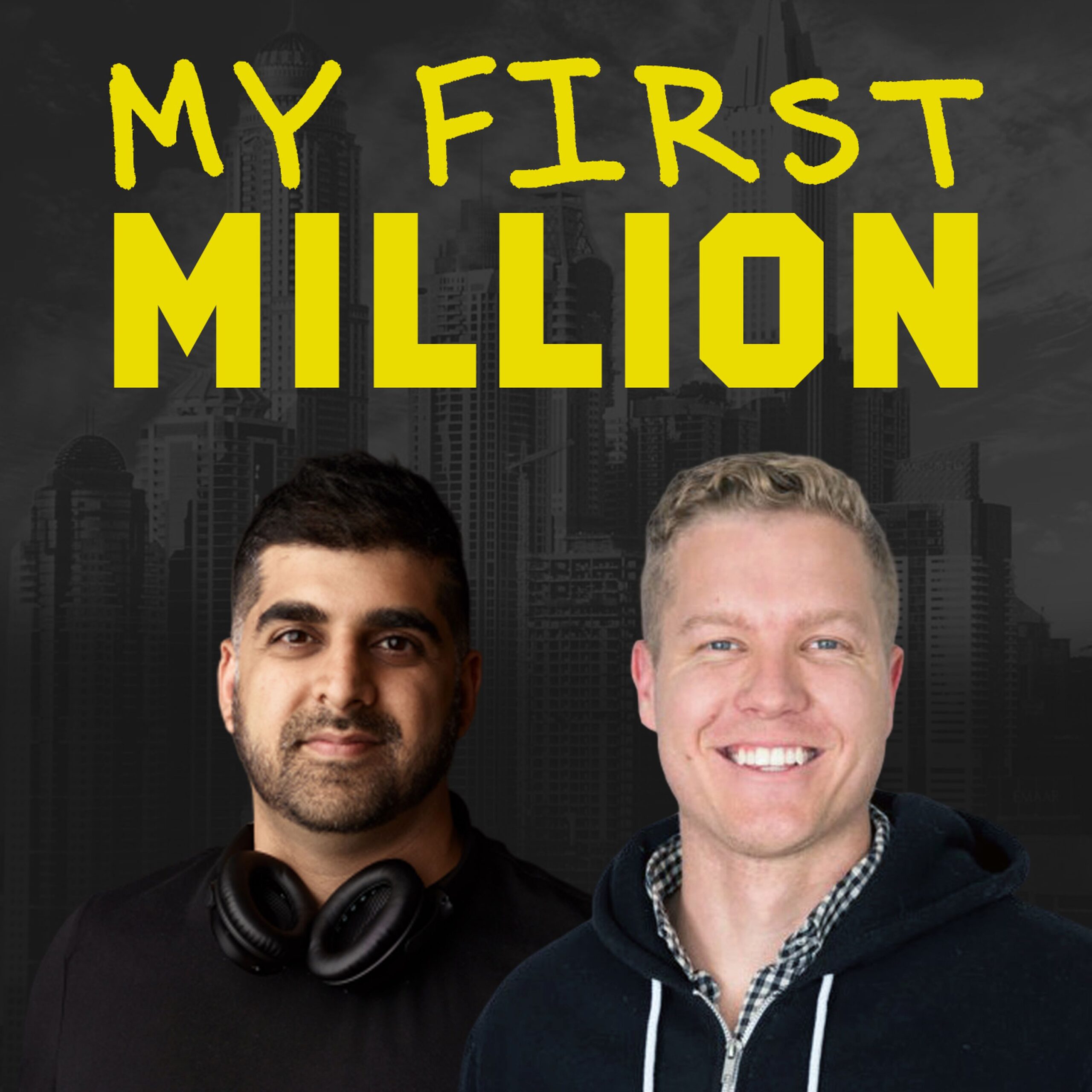378: Facebook Groups: Grow and Monetize a Community Around Something You Care About
Melissa Fassel Dunn has built a thriving – and profitable – online community serving residents in her small town. The interesting part is that she didn’t start her Facebook group or website with the goal of making money. She did so to solve a pain point she was experiencing finding information about services in her … Read more






